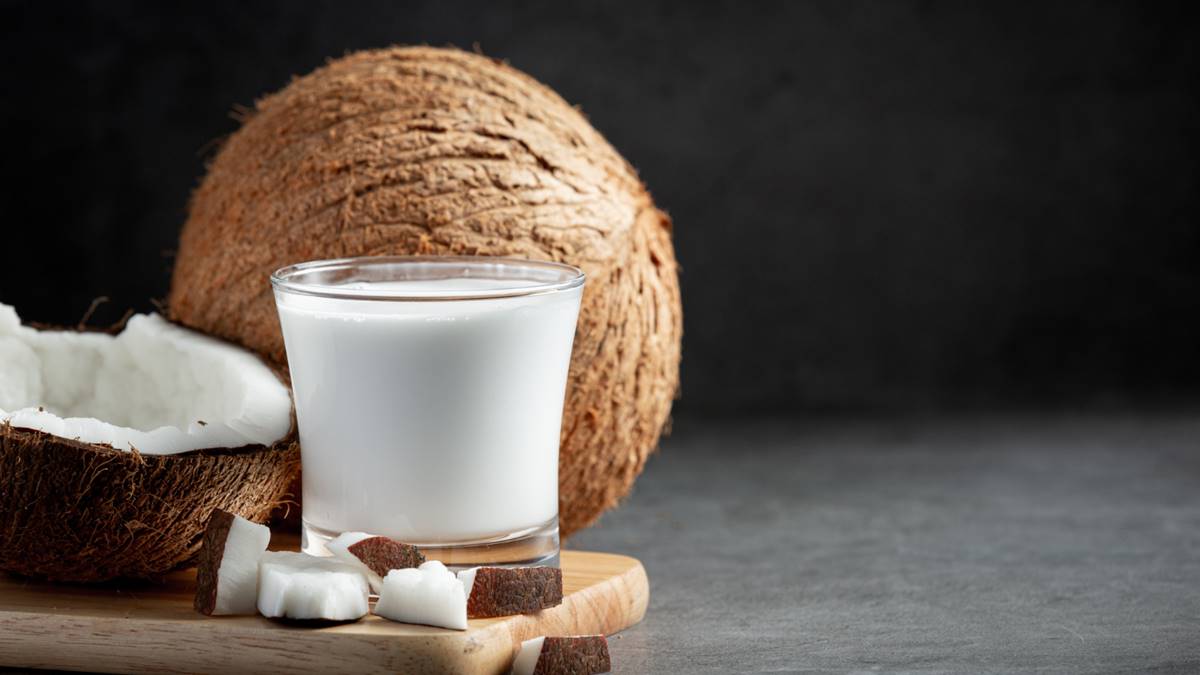In the enchanting realm of baking and dessert decoration, the final flourish often comes in the form of sprinkles. While traditionally, these tiny bursts of color and sweetness have been uniform in shape, the culinary world is now embracing a delightful array of natural sprinkles in various shapes. This evolution is not just a nod to creativity and aesthetics but also aligns with the growing demand for natural, healthier food options. This article delves into the vibrant world of natural sprinkles of different shapes, exploring their appeal, the joy they bring to baking, and their contribution to making desserts not just visually appealing but also environmentally friendly and health-conscious.
The Allure of Shapes
The appeal of natural sprinkles in various shapes goes beyond their aesthetic value. Shapes like stars, hearts, moons, and even thematic ones like Christmas trees or Easter eggs can transform a simple dessert into a festive masterpiece. These shapes allow bakers and dessert enthusiasts to tailor their creations to specific occasions, themes, or personal preferences, adding a layer of customization and thoughtfulness to each treat.
Crafting from Nature’s Palette
Natural sprinkles of different shapes are typically made from ingredients that are sourced from nature, such as fruits, vegetables, and plants. These ingredients not only provide a kaleidoscope of colors but also offer a slight nutritional boost compared to their artificial counterparts. For instance, beetroot can create beautiful red hearts, while spirulina can produce vibrant green Christmas trees. This approach ensures that the sprinkles are free from synthetic dyes and chemicals, aligning with a healthier lifestyle.
The Joy of Baking with Natural Shapes
Incorporating natural sprinkles of various shapes into baking projects brings an element of fun and creativity. Whether decorating a birthday cake with colorful stars or adding heart-shaped sprinkles to Valentine’s Day cookies, these natural adornments make the baking process even more enjoyable. Moreover, they offer an excellent way to involve children in the kitchen, teaching them about healthier food choices while letting their imaginations run wild with decoration ideas.
Our tips: coconut milk rice pudding for the summer
Sustainability and Ethical Considerations
Choosing natural sprinkles also reflects a commitment to sustainability and ethical eating. Many brands that produce these sprinkles prioritize eco-friendly practices, from sourcing ingredients responsibly to using biodegradable packaging. By opting for natural sprinkles, consumers support these practices, contributing to a healthier planet alongside healthier eating habits.
DIY Natural Sprinkles
For those inspired by the idea of unique shapes but seeking a more personalized touch, making natural sprinkles at home is a rewarding endeavor. With a little creativity and some basic kitchen tools, it’s possible to create natural sprinkles in various shapes using doughs made from powdered sugar, natural colorants, and a binding agent like egg white or water. These homemade sprinkles can be cut into desired shapes using miniature cookie cutters or molded by hand, offering a fun and engaging kitchen activity.
Conclusion
Natural sprinkles of different shapes represent a joyful and health-conscious evolution in the world of dessert decoration. They not only allow for a creative and personalized approach to baking but also align with the values of sustainability and natural eating. Whether store-bought or homemade, these sprinkles add a special touch to any dessert, turning simple treats into celebratory masterpieces. As we continue to seek out healthier and more environmentally friendly food options, embracing natural sprinkles in various shapes is a delightful way to enhance the joy of baking and dessert making, one sprinkle at a time.
